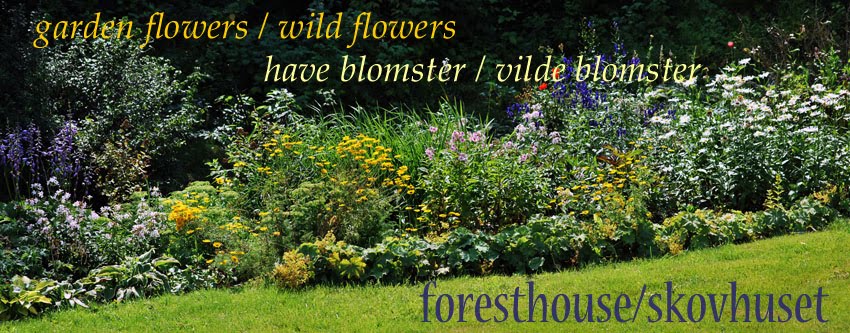
This year my Helleborus was twice as big. and it is filled with many flowers, they're just not very pretty this year, animals and frost have damaged the petals.The stamen looks nice anyway
Helleborus niger /Julerose, is an evergreen perennial with basic favoured leaves. The leaves are pinnate with elliptic leaflets. Leaf edge is irregularly toothed, upper surface is grass green and leathery, and the underside is light gray-green. and the flowers grow up in January-February.The flowers are snowy white with yellow stamens. The fruits are dry capsules with many black seeds ripen well and germinate readily under the right growing conditions.



